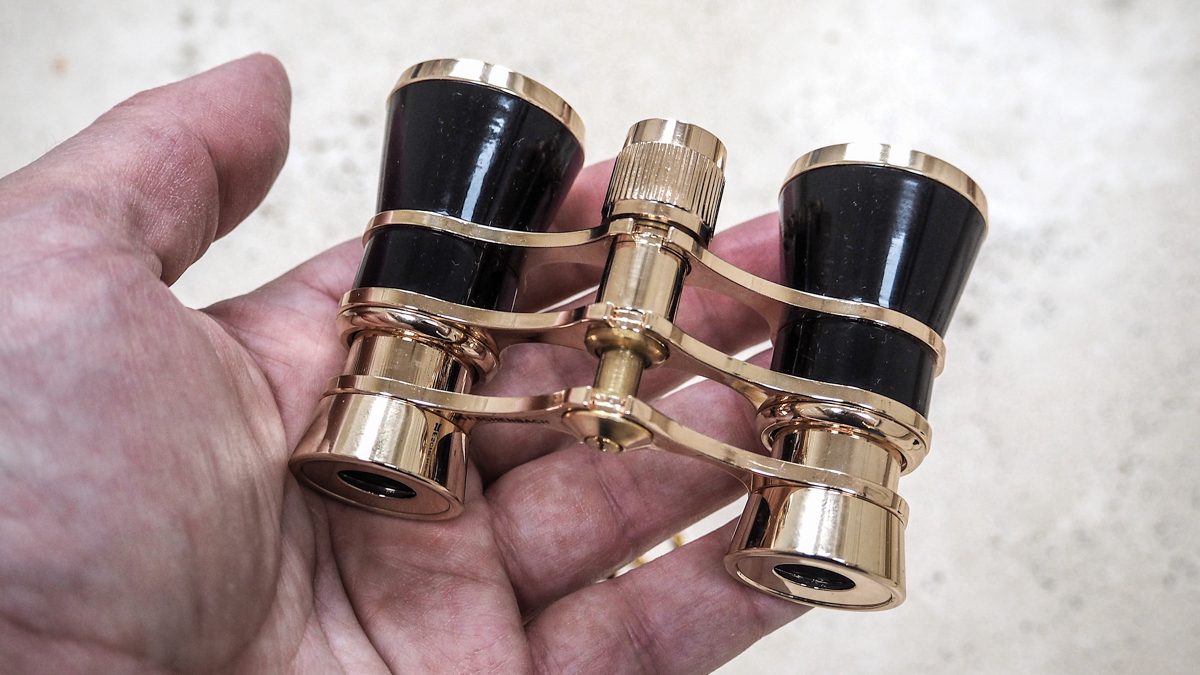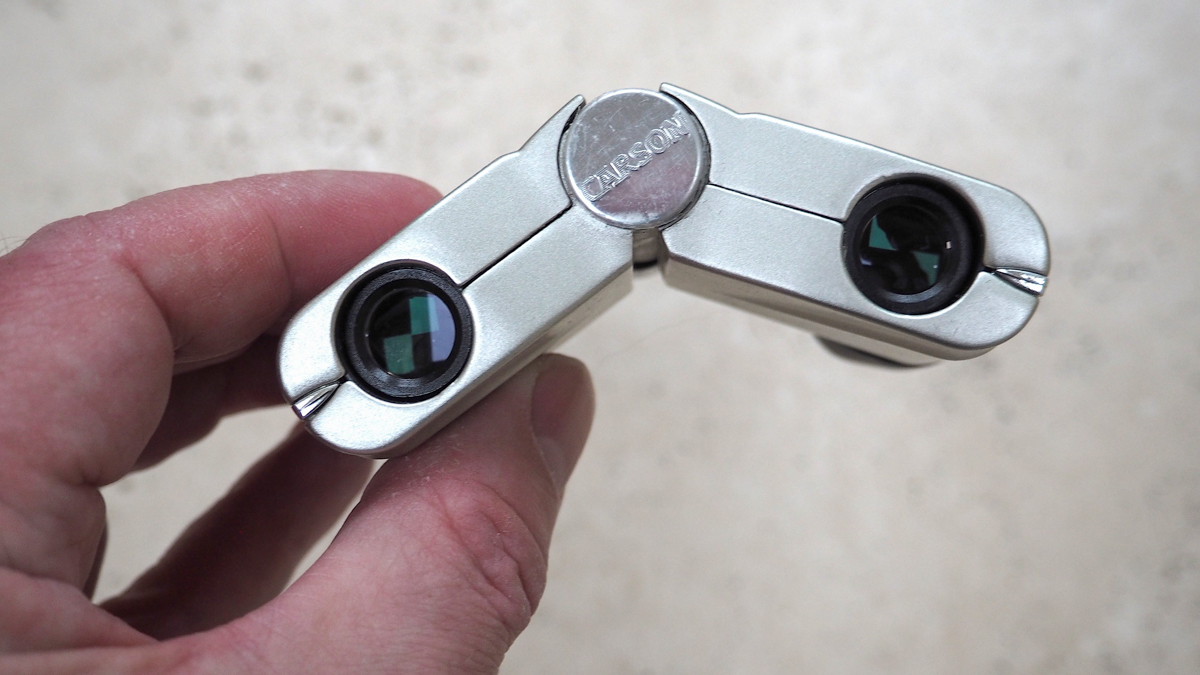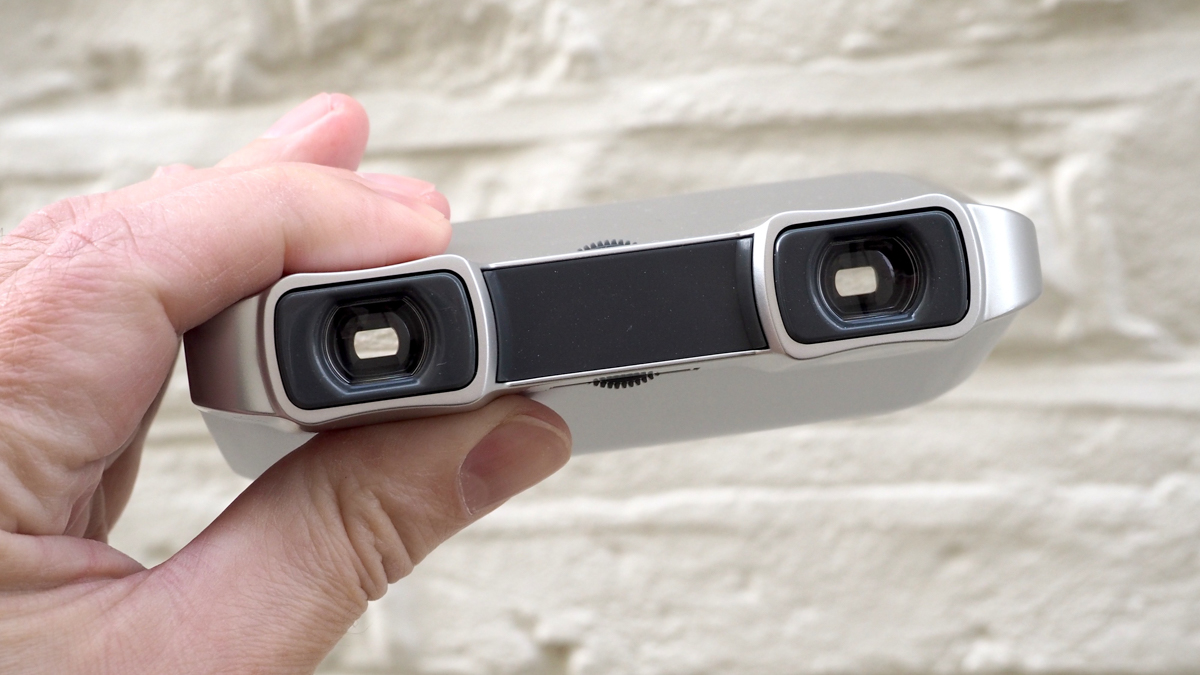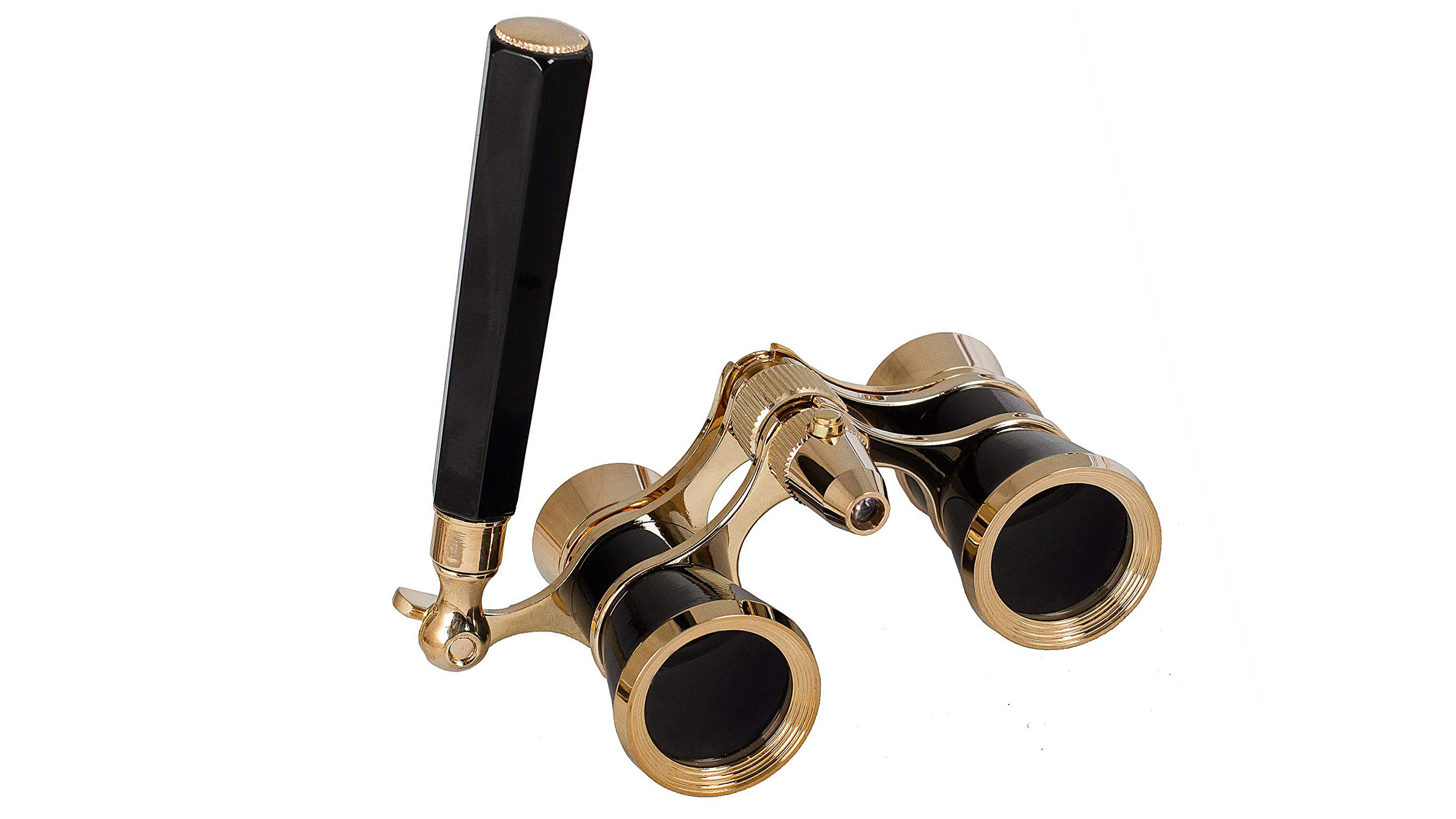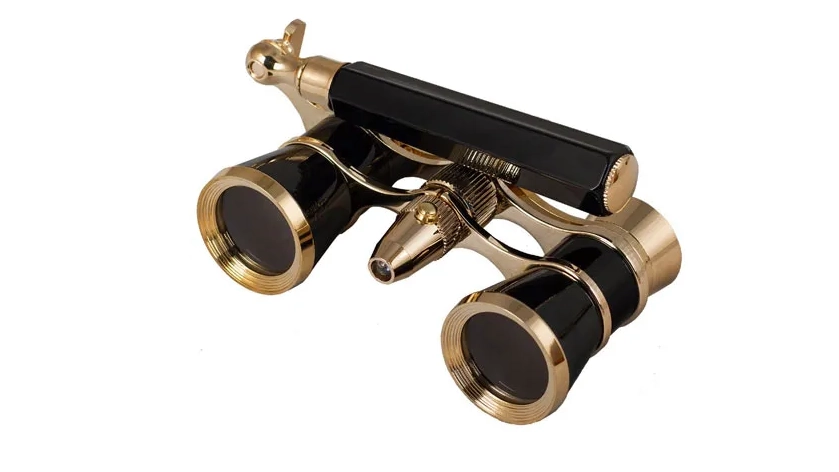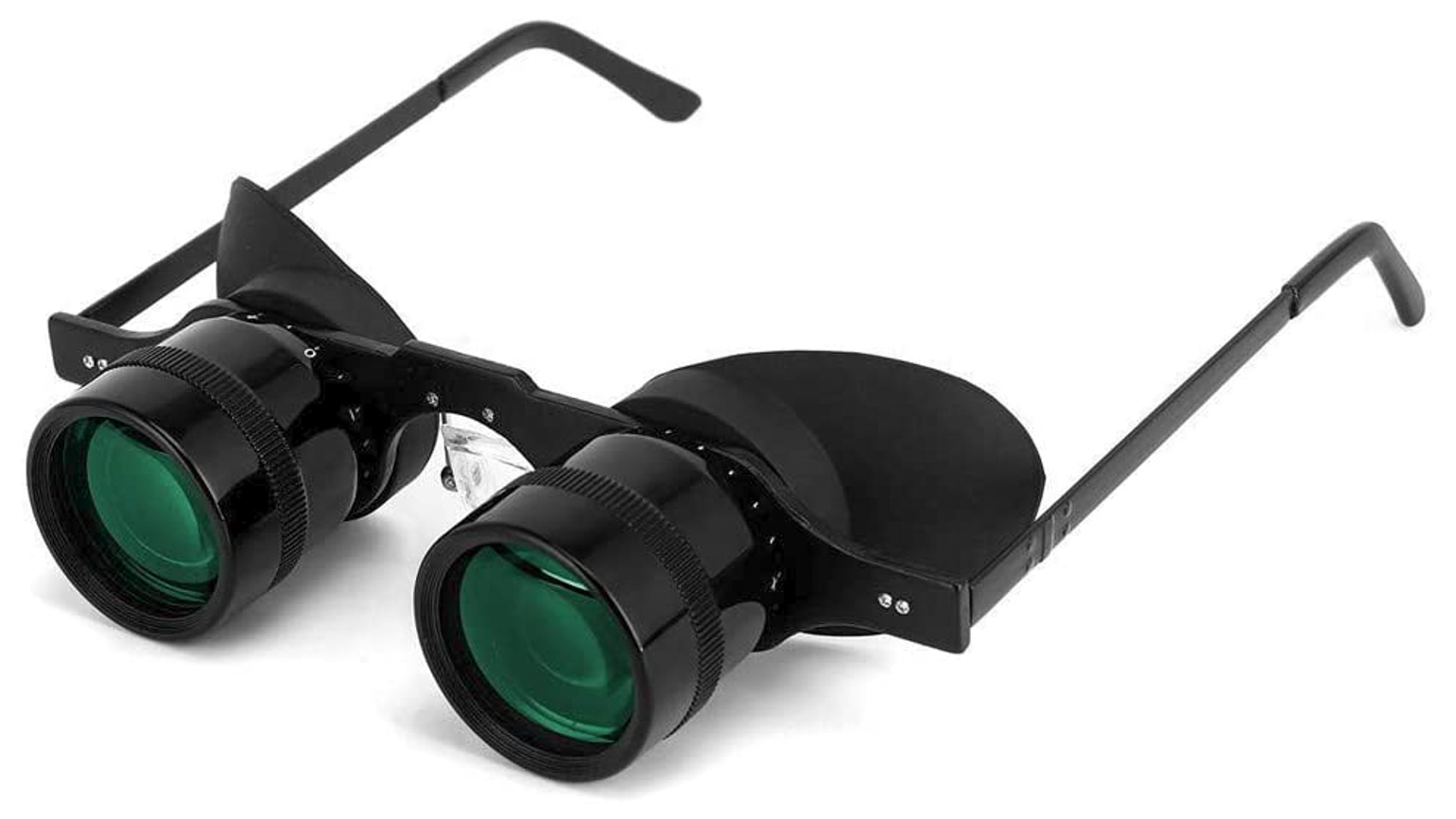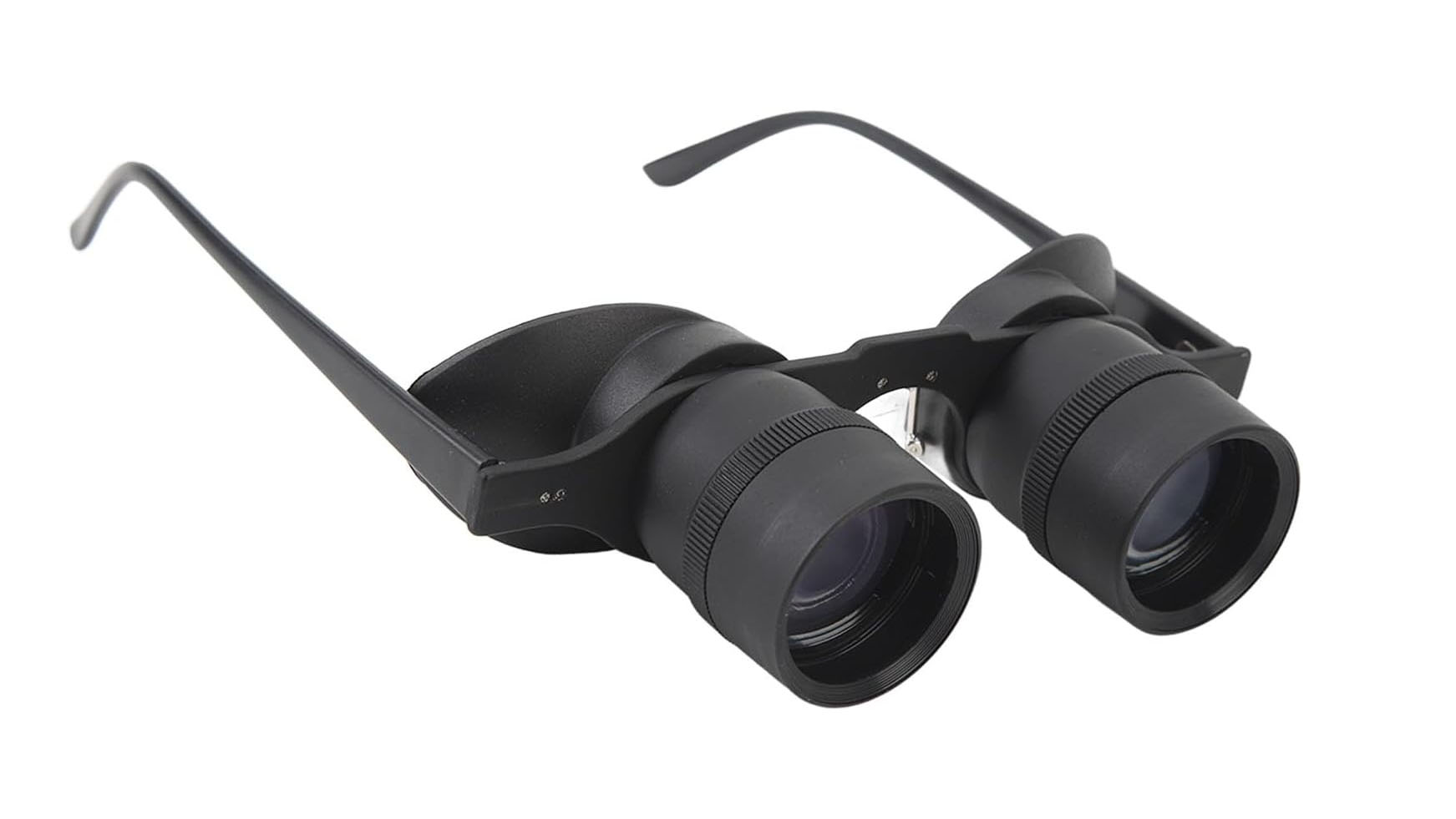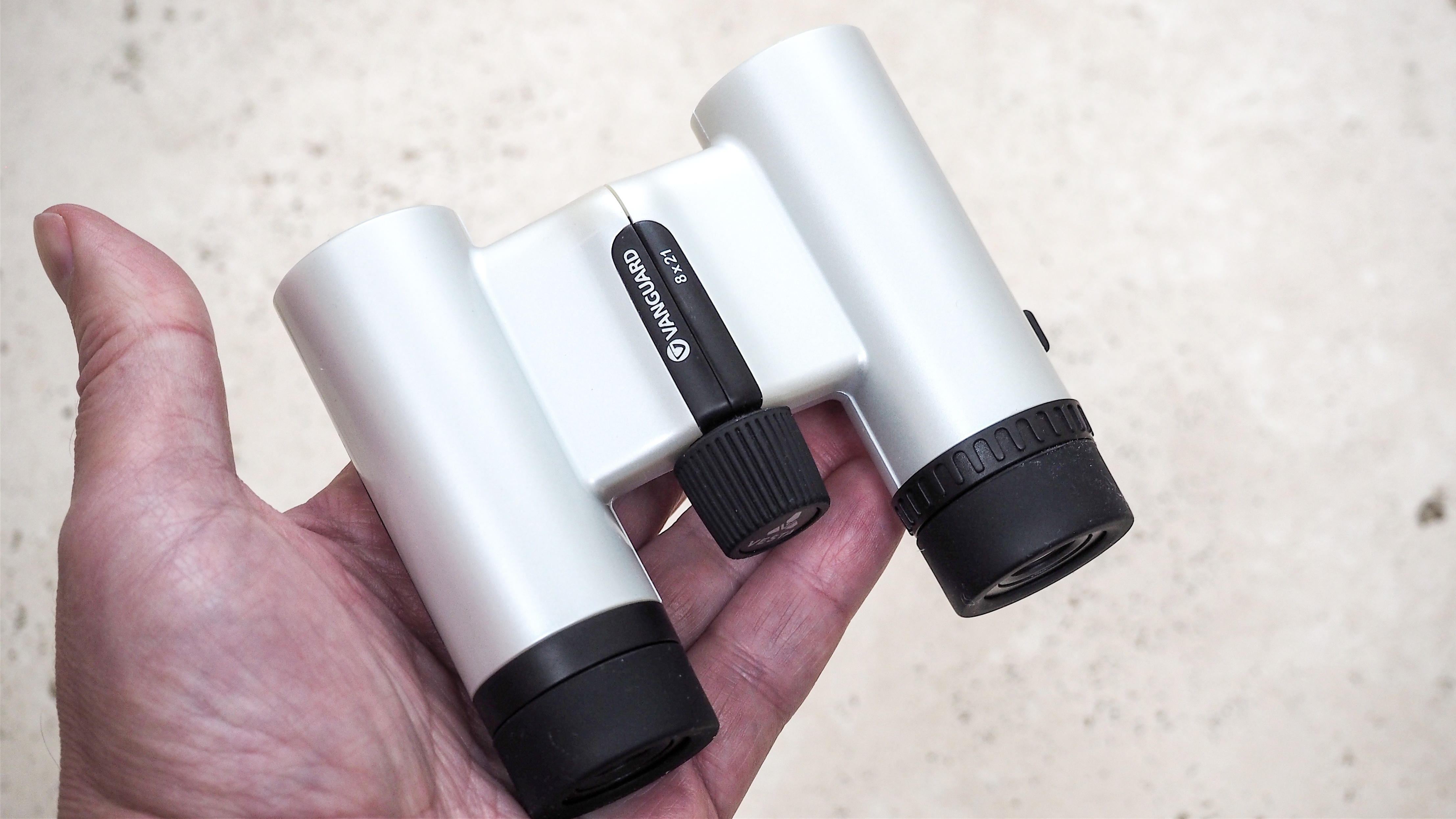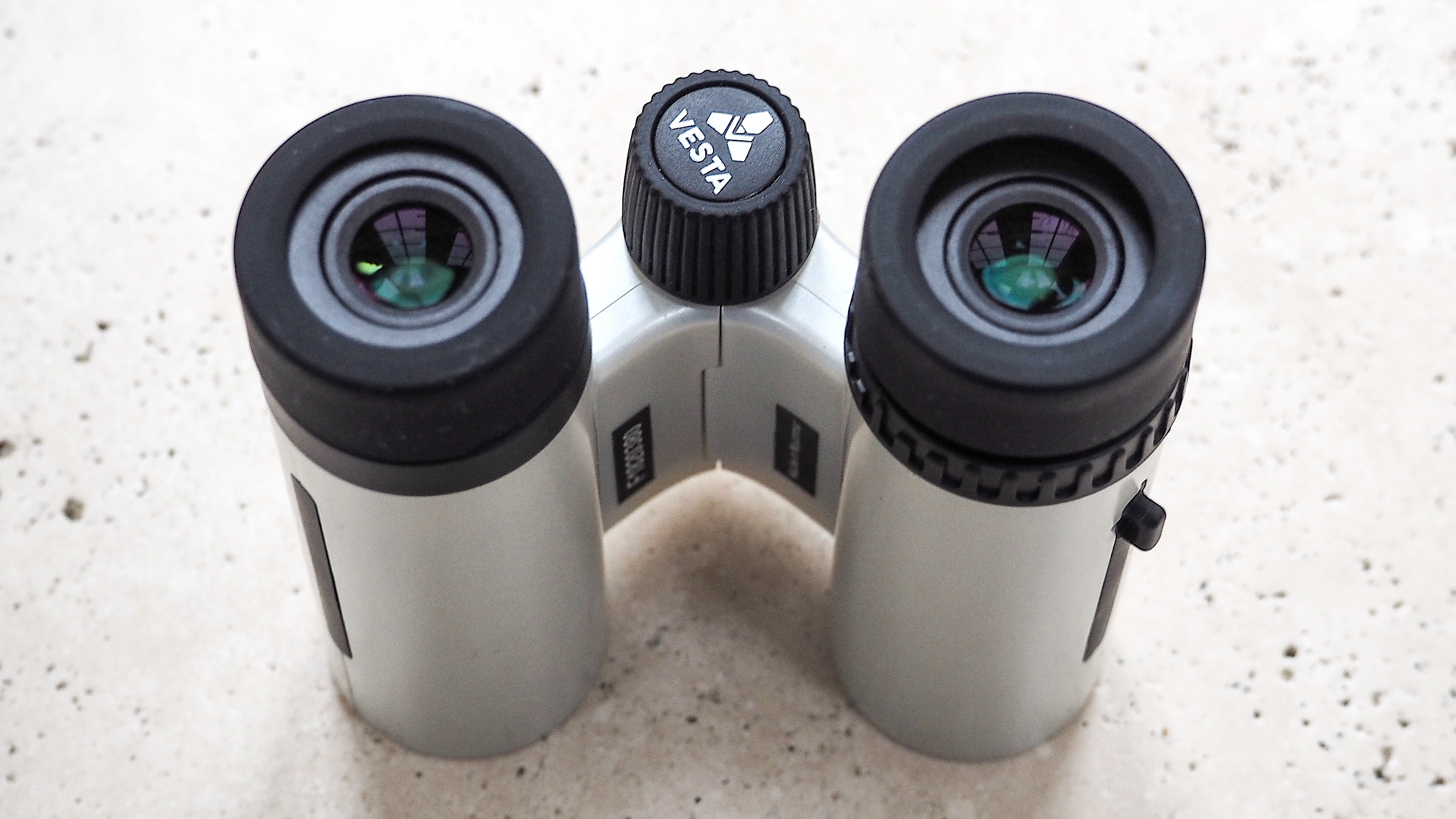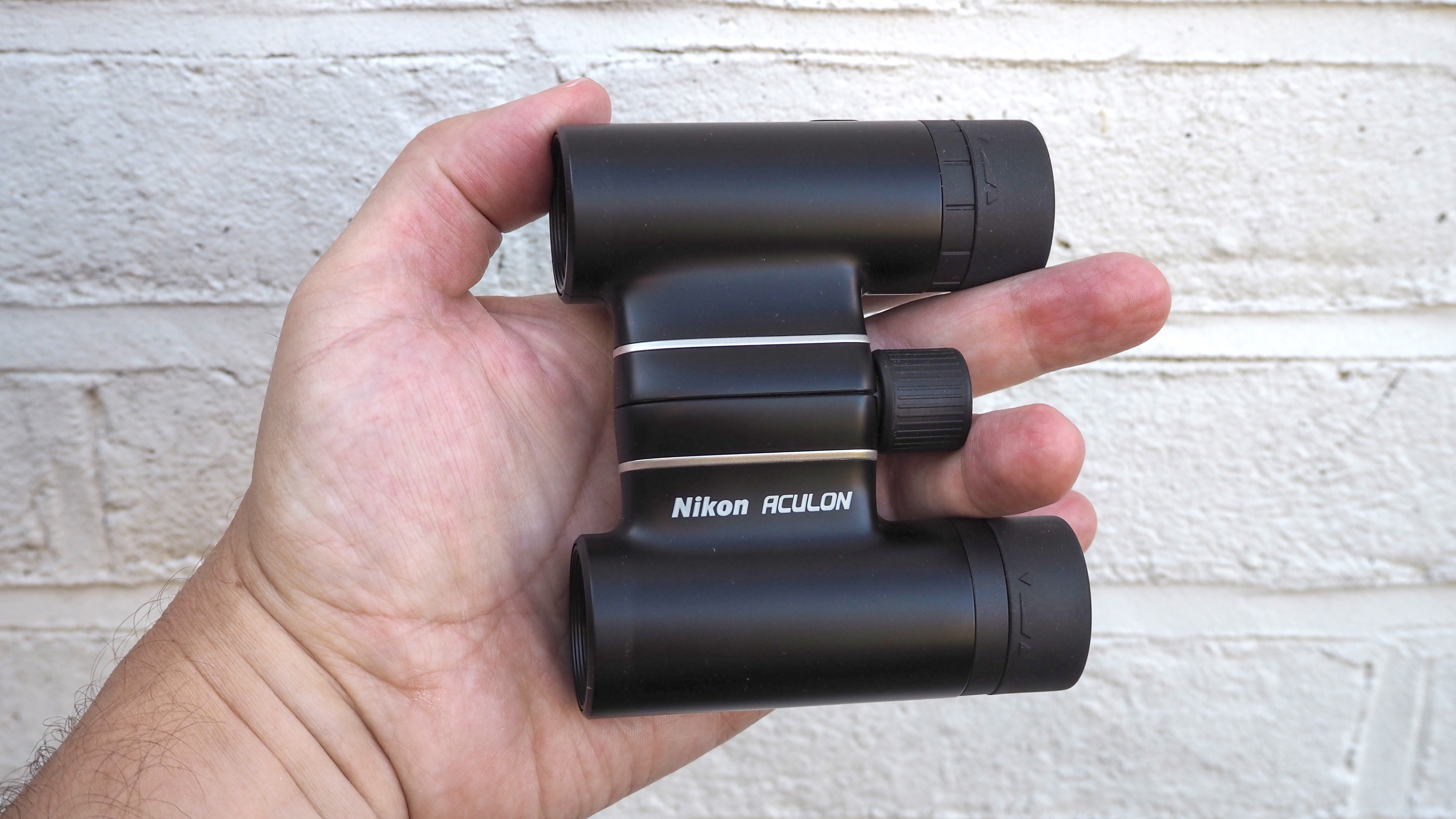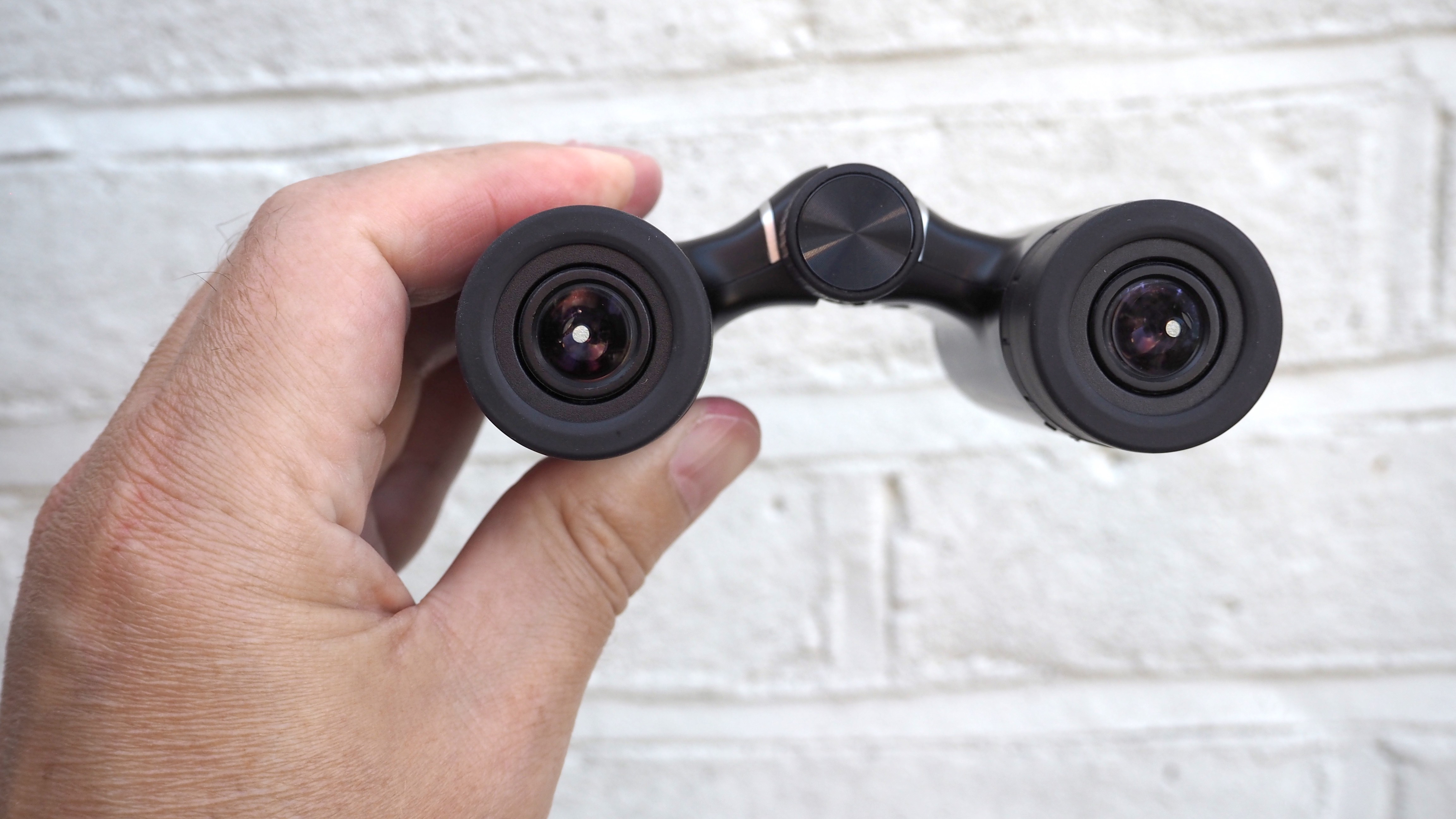The best opera glasses in 2025: pocket sized binoculars for theater and stage
Going to the opera, theater or a concert? Enhance your experience with the best opera glasses available today
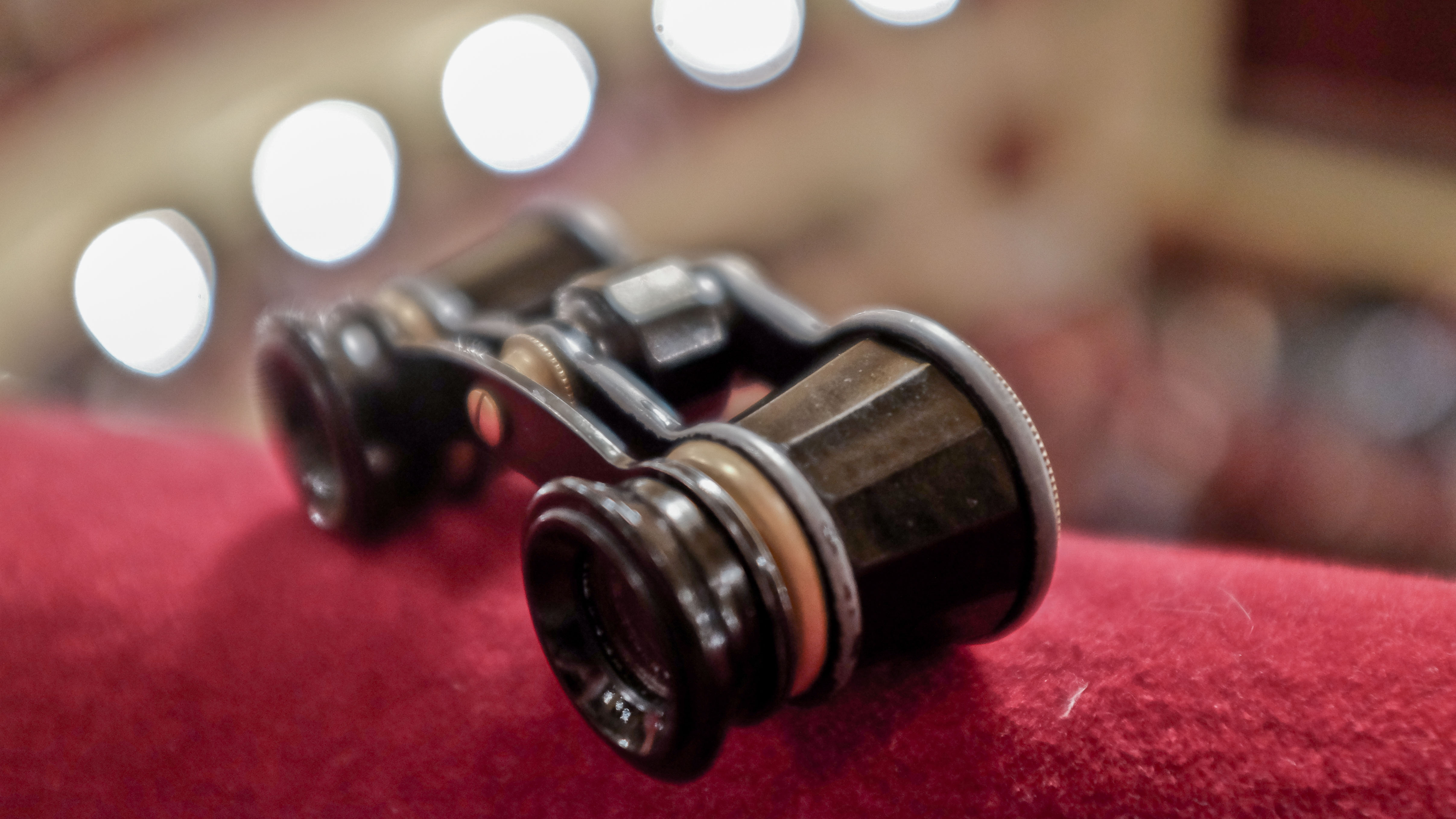
Opera glasses may call to mind the grandeur of chandeliers, velvet seats, and gilded balconies, yet their value extends far beyond the opera house. They are the kind of accessory that quietly transforms how we experience a performance. At an open-air concert beneath the night sky, a play staged in an old theatre, or a talk delivered from the far end of a conference hall, a finely made pair allows you to be drawn closer without moving from your seat.
They don’t simply magnify the stage; they reveal it. Expressions, gestures, the cut of a costume, or the fine detail of a set design all emerge with a clarity that distance so often blurs. It’s the difference between merely watching and truly engaging with the performance.
Unlike the utilitarian binoculars built for trekking through forests or scanning distant horizons for birds, opera glasses place equal weight on elegance and practicality. Their compact frames, often adorned with flourishes of brass, enamel, or mother-of-pearl, have always been designed to complement an evening’s attire. They carry with them a sense of occasion, an old-world charm that feels entirely at home in a grand auditorium. Yet style doesn’t mean compromise: many offer surprisingly crisp optics for their size, delivering a sharp and steady image that belies their decorative look.
What makes them enduringly appealing is this blend of refinement and function. They are as much a conversation piece as they are a tool, a reminder that seeing well need not come at the expense of looking good. In this guide, I’ve brought together a curated selection of opera glasses that reflect both traditions – from ornate models that echo the glamour of another age to more understated designs for modern tastes. Each one is chosen for its ability to add something extra to those moments when the lights dim, the curtain rises, and you want to be part of the performance in every possible detail.
Our quick list
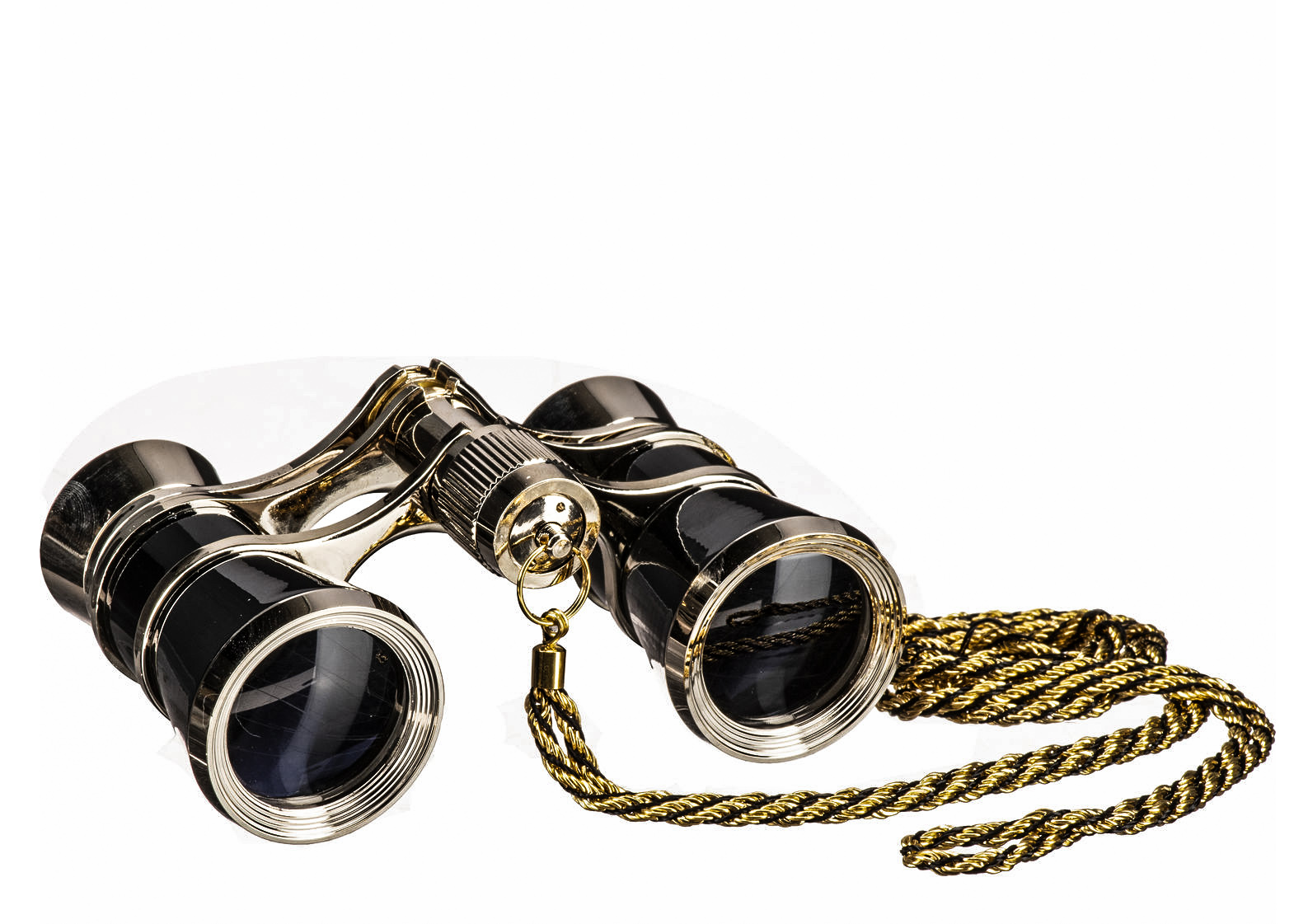
These German-made premium opera glasses boast a classic and stylish design. Our reviewer was impressed by the metal build and operation of these glasses and they felt both solid and premium in use.
Read more below
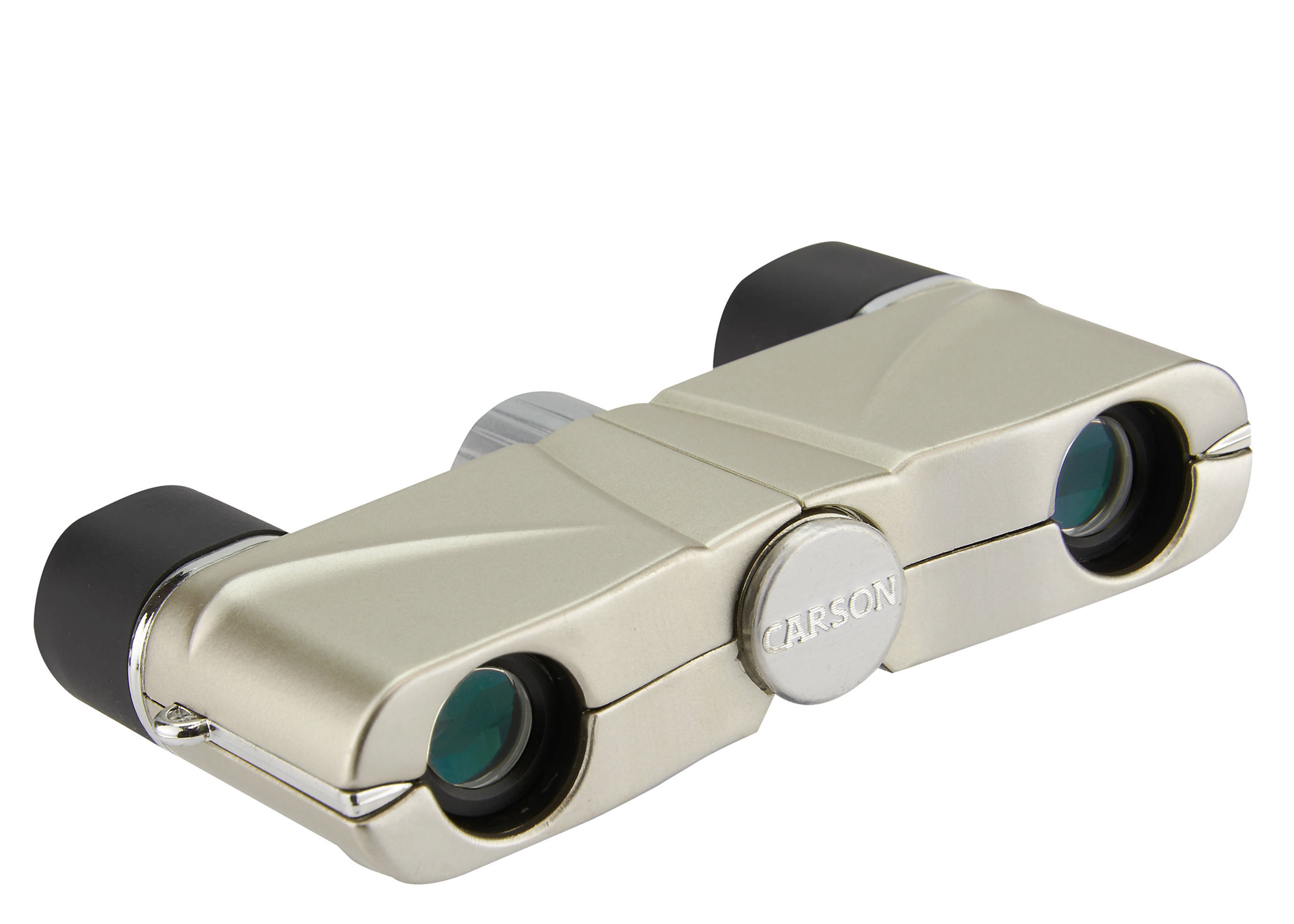
If you want something discrete, this pair from Carson is just the ticket. They weigh just a couple of ounces so you don't even notice them in your pocket, and the 4x magnification brings you closer to the stage.
Read more below
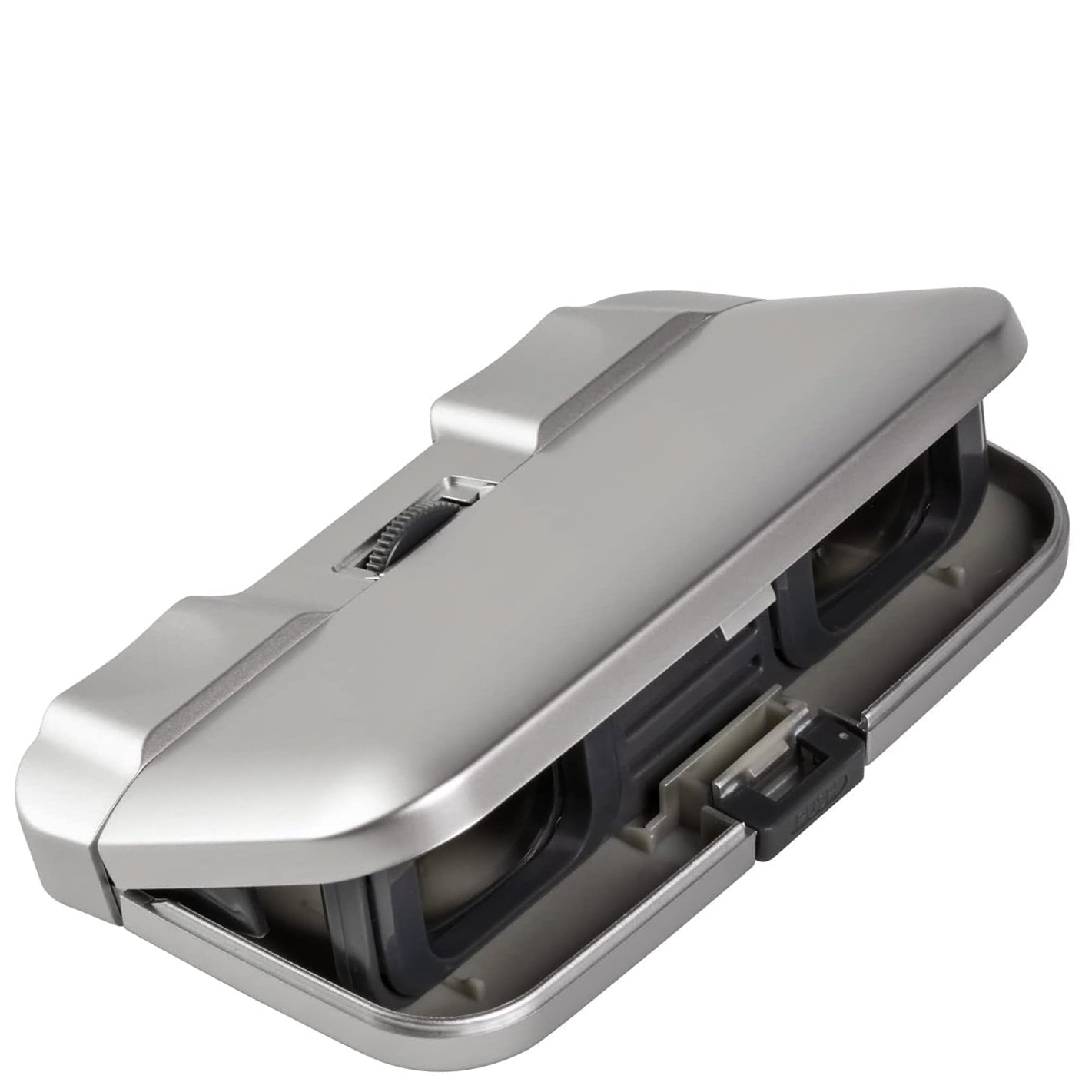
If you want something discrete and low cost, then these Kenko pair are a great option. They are unsurprisingly a bit plasticky - but much better than having nothing at all
Read more below
Best opera glasses
Why you can trust Digital Camera World
The best opera glasses for style
Specifications
Reasons to buy
Reasons to avoid
✅You want premium build quality: Crafted from solid metal with a classic, elegant design, it feels luxurious and sturdy
✅You want stylish accessories: Includes velvet pouch, lens cloth, and a decorative neck chain—adds both flair and functionality
❌You want higher magnification: 3× might feel mild, especially from distant seats
❌You want understated design: The glamorous, retro look may seem flashy or too ornate for some tastes
These German-made premium opera glasses boast a classic and stylish design that's ideal for a visit to the opera, theatre, concert, cabaret or musical. Our reviewer was impressed by the metal build and operation of these glasses and they felt both solid and premium in use, as well as looking very elegant. He was particularly impressed by the viewing quality, even in dim light.
A black imitation-leather case is provided for transportation and protection. Further peace of mind comes from the fact that Eschenbach has been making precision optics for over 100 years. Other color variations are available too: namely night blue, burgundy, pearl white, and black-gold red effect finish.
A smooth focusing knob helps you get clear and bright images from the high-quality, 25mm diameter lenses, while a 3x magnification helps drag the far-away that little bit closer. Others on this list offer greater magnification but if looks are more important, these glasses certainly deliver on that front.
See our full Eschenbach Glamour 3x25 review for more details
Final thoughts
The Eschenbach Glamour 3x25 are a stylish, compact, and lightweight choice for theatregoers who want elegance without sacrificing clarity. With sharp optics and a classic design, they’re an ideal pick for anyone looking to blend form with function at the opera or theatre.
The best opera glasses for discretion
Specifications
Reasons to buy
Reasons to avoid
✅You want ultra-compact portability: Pocket-sized (≈ 5×9×1 cm) and just 62 g, they slip into jacket pockets or small bags—perfect for unobtrusive use at opera or concerts
✅You want solid optics: Uses fully coated lenses and BaK‑7 prisms for bright, clear viewing in dim theatre lighting
❌You want smooth focus: Focus knob can feel stiff, making quick adjustments tricky in low-light
❌You want complete accessories: Comes with soft pouch and strap, but no protective covers - so be cautious storing them
Lots of opera glasses are designed to look the part at the premiere of a Broadway show. But what if you want something more discrete that will fit in a jacket pocket, and not look as flashy? This pair from Carson is just the ticket.
They weigh just a couple of ounces so you don't even notice them in your pocket. Using them at a concert, we loved that they have a central hinge so that you can adjust them to fit the distance between your eyes. The 4x magnification brings you closer to the stage, while a five-foot minimum focus distance allows you to focus on nearby subjects of interest too. Overall, we found these a great pair of opera glasses for the money.
See our full Carson Operaview 4x10 review for more details
Final thoughts
The Carson 4×10 Operaview binoculars deliver a crisp and clear viewing experience in an ultra-compact form—perfect for slipping into a handbag or jacket pocket. Their lightweight design doesn’t compromise performance, offering just enough magnification to bring vocalists and stage details into focus without the shake that higher magnifications might introduce. With a sleek finish and effective low-light performance, the Operaview is a smart, understated choice for theater and opera enthusiasts seeking convenience and style.
The best opera glasses for portability
Specifications
Reasons to buy
Reasons to avoid
✅You want ultra-slim portability: When folded, they’re slimmer than a pack of playing cards and fit neatly in shirt pockets or purses- ideal for being discreet on the go
✅You want affordable clarity: Priced around $30 / £20 they offer decent 3× magnification -perfect as a budget-friendly impulse buy
❌You want smooth operation: Pop‑up button and focus wheel can be stiff and require effort to use
❌You want stronger magnification: The 3× zoom works best only if seated near the stage—won’t perform well from distant seats
Short on cash but still want a better view of the stage? These are the most budget-friendly opera glasses we’re comfortable recommending. While they won’t win any awards for craftsmanship, they do deliver the essential functionality without breaking the bank. At this price point, compromises are to be expected—our reviewer found the mechanism a little stiff and noted that the construction felt unmistakably plastic, bordering on toy-like in both feel and finish.
That said, for casual theatre-goers or anyone seeking a low-cost entry point into the world of opera glasses, these certainly have their place. They’re remarkably lightweight, making them easy to carry and use over longer performances without fatigue. Most importantly, they do what they’re designed to do: bring the action on stage a little closer, with no fuss. If you're after affordability over aesthetics and just need something that works, these glasses tick the right boxes—and at a price that’s genuinely hard to beat.
For more details, check out our full Kenko Pliant 3x25 Slim opera glasses review.
Final thoughts
The Kenko Pliant 3×25 Slim opera glasses offer a refined balance of portability and optical precision. Their compact, folding design easily slips into a small bag or pocket, making them unobtrusive to carry yet readily available when the curtain rises. With 3× magnification and 25 mm lenses, they deliver bright, steady images - perfect for appreciating nuanced stagecraft without the bulk of larger binoculars. Elegant, lightweight, and thoughtfully engineered, these slim opera glasses are a sophisticated choice for those who value both discretion and visual clarity in live performances.
The best opera glasses with a handle
4. Levenhuk Broadway 325N Opera Glasses
Specifications
Reasons to buy
Reasons to avoid
✅You want elegance with function: These lorgnette-style glasses feature a sturdy metal body in classy finishes (e.g., gold, silver), blending beauty with longevity
✅You want precise focus and fit: Central focus knob and adjustable interpupillary hinge let you quickly dial in crisp clarity and comfortable eyesight alignment
❌You want simplicity over flair: The lorgnette handle and flashy design may feel over-elaborate for users who prefer minimalist opera glasses.
❌You want truly compact handling: Weighing around 290 g (10 oz), these are heavier and less pocketable than slim opera glasses
This classic-looking pair of opera glasses from the European manufacturer boasts a couple of neat tricks. Firstly, there's a built-in LED light powered by two LR41 lithium batteries for help finding your seat in the dark, or just where you’ve dropped that boiled sweet). Secondly, the lorgnette design means there is an extendable handle for maximum viewing comfort and a dash of retro elegance.
Whilst those features differ from the norm, the nitty gritty of the spec involves a fairly standard 3x magnification factor and a 25mm lens diameter. Also provided are a carry pouch and a cleaning cloth. With a gold and black lacquered finish to its metal body and multi-coated BaK-4 optics, these classic opera glasses are of decent value even with the extra features.
Final thoughts
The Levenhuk Broadway 325N opera glasses are a beautifully styled and highly functional accessory for live performances. Their durable metal body with elegant finishes, fully multi‑coated BaK‑4 optics, and 3× magnification ensure bright, clear views of the stage. The practical telescopic handle and built-in LED light add convenience in dimly lit theatres, while the compact size and included pouch make them easy to carry. Overall, the Broadway 325N blends classic glamour with modern usability - ideal for theatre lovers who want sophistication and performance in one package
The best opera glasses for steampunk fans
5. Senmonus hands-free binocular glasses
Specifications
Reasons to buy
Reasons to avoid
✅You want hands-free convenience: Converts regular glasses-style frames into wearable binoculars, freeing your hands while watching opera, and concerts
✅You want affordability with flair: Priced around $12–$25, with a distinctive steampunk vibe that appeals to style-conscious users
❌You want to avoid awkward looks: Its steampunk “Heath Robinson” design isn’t for everyone and may feel conspicuous in formal theater settings
❌You want conventional binos: Only 3× magnification—insufficient for real binocular power, more for light stage use
Want to keep your hands free so you can focus on that much-anticipated ice cream during the interval? Then this quirky, non-branded pair of binocular-slash-opera glasses—easily found on sites like Amazon—might just be your perfect match. Designed to be worn like spectacles, they allow for completely hands-free viewing, meaning you can take in the performance without having to juggle optics and a programme (or a glass of bubbly).
These glasses offer a modest 3x magnification, which is ideal for opera and theatre settings, giving you just enough visual pull without sacrificing field of view. They also feature what's described as ‘low-level night vision,’ achieved through a green-tinted coating on the lenses. While not night vision in the military sense, it does help maintain visibility in dimly lit venues, giving you a clearer look at the stage even when the house lights are low.
Comfort hasn’t been overlooked either. The adjustable nose pads and flexible ear loops ensure a more secure and personalised fit, while the interpupillary distance can be tailored to match your eyes. That said, the design is undeniably eccentric—think more Heath Robinson than haute couture. But for those who lean into a Steampunk aesthetic or simply love a gadget with character, these glasses will feel right at home.
Final thoughts
The Senmonus hands‑free binocular glasses make a bold statement with their quirky, steampunk‑inspired design - perfect for those who want to keep their hands free while still enhancing their view. Offering 3× magnification with green-film coated optics, they bring bright, crisp visuals even in dim theatre lighting. Lightweight (≈68 g) and fully adjustable, they stay secure and comfortable, though their narrow field of view and distinctive appearance might not suit everyone. Ideal for opera, concerts, or any event where multitasking matters, they shine as a clever and convenient option for the unconventional viewer
The best opera glasses for high magnification
Specifications
Reasons to buy
Reasons to avoid
✅You want 8× magnification in a pocket‑size body: Offers stronger zoom than typical 3× opera glasses, yet still fits in a jacket pocket—great for theater or concerts
✅You want exceptional portability: At just ~195 g and 94×106 mm, they’re one of the most compact 8× binos available
❌You want good low‑light performance: The small 21 mm objectives limit brightness in dimly lit theaters - edge sharpness also suffers
❌You want secure lens caps: Slip-on rubber caps can be lost easily - they lack tethers
This compact and practical offering from Vanguard delivers everything you might want from a pair of pocketable opera glasses—without sacrificing performance or style. Weighing just 190g and measuring comfortably within a jacket pocket, the Vanguard Vesta 8x21 is effortlessly portable, making it ideal for slipping into your bag before an evening performance. Despite its modest price tag, the finish is anything but ordinary: a subtle pearlescent sheen adds a touch of sophistication that feels perfectly at home in theatre settings.
Optically, these are roof prism binoculars, offering the familiar streamlined shape that makes handling easy and discreet. Better still, they’re both weatherproof and fogproof—an often-overlooked advantage if you're attending an open-air opera or a summer concert where conditions may be unpredictable. Inside the box, you’ll find thoughtful accessories such as eyepiece covers to keep the optics protected, and a cleaning cloth to maintain clarity between uses.
With 8x magnification paired with a 21mm objective lens, the Vesta 8x21 hits a sweet spot between power and portability. While they won’t rival full-sized binoculars in low-light performance, they do offer more reach than traditional 3x opera glasses, allowing you to enjoy finer details on stage even from the back rows. For those who want reliable, good-looking optics that won’t weigh them down, the Vesta 8x21 is a smart and stylish companion.
Read our full Vanguard Vesta 8x21 compact binoculars review for more details
Final thoughts
The Vanguard Vesta 8×21 binoculars are a standout pick for theatre and opera aficionados who appreciate compact power. They offer a generous 8× magnification and a broad 371‑foot field of view - all in a pocket‑able 195 g aluminum‑alloy body that slips into a purse or jacket with ease. The fully multi‑coated optics and twist‑up eyecups ensure a bright, clear image and comfortable use, even for glasses wearers. While their 21 mm lenses underperform slightly in very dim lighting, the Vesta's stellar portability and affordability make it a smart, stylish choice for live performances - perfect for those who want more punch than traditional opera glasses without the bulk of full‑size binoculars.
The best opera glasses for sports
Specifications
Reasons to buy
Reasons to avoid
✅You want crisp, bright optics for daylight use: Fully multi‑coated lenses with eco‑glass deliver sharp, contrast-rich views in well-lit conditions
✅You want full adjustability: Includes central focus, diopter correction, twist-up eyecups, and IPD adjustment for customized viewing
❌You want usage in low light: The 21 mm objectives and 2.1 mm exit pupil struggle in dim theatre lighting, making them best for well-lit environments
❌You want forgiving eye relief: With just 8.3 mm eye relief, they’re less comfortable for spectacle wearers
These are sold as binoculars rather than opera glasses, but these are a useful option for concerts or sporting events where you are a good way away from the things you want to look at. Offering a 10x magnification, it is a good option for use at a stadium when you haven't got front-row seats.
While these binoculars are lightweight, they aren't foldable. However, you do get adjustable turn-and-slide eyecups and a central focus knob, as well as multi-coated lenses that maximize light transmission to provide a sharper view.
See our full Nikon Aculon T02 10x21 review for more details
Final thoughts
he Nikon Aculon T02 10×21 binoculars pack impressive power into a stylish, pocket-friendly design - perfect for theatre and opera lovers. Their 10× magnification brings performers and fine stage details closer, while the fully multi‑coated optics and eco‑friendly glass deliver crisp, high‑contrast views in well‑lit venues. Weighing just 195 g with a sleek roof‑prism build, they’re comfortable to hold and easy to carry all evening. However, the small 21 mm objectives and 2.1 mm exit pupil can struggle in very low lighting, and the 10× magnification may show hand‑shake more noticeably. In short, the Aculon T02 10×21 offers stylish portability and strong optical performance for well-lit performances - but if you regularly attend dimmer venues or prefer ultra-steady viewing, a lower magnification or larger objective model might be worth considering.
FAQs
What are opera glasses?
Opera glasses, also known as theater binoculars or binocular glasses, are compact, stylish binoculars designed to give audience members a closer view of the stage or performers. Unlike standard binoculars, they prioritize elegance and often feature ornate details or luxurious materials like mother-of-pearl, brass, or gold plating.
With a lower magnification—typically around 3x to 5x—they provide just enough zoom to enhance the experience without overwhelming the field of view. Their small size makes them easy to carry and discreet to use, ensuring you can enjoy the performance without distraction.
What level of magnification do opera glasses provide?
Since you're typically seated at a comfortable viewing distance, opera glasses don’t require the high magnification of standard binoculars. A more modest magnification helps minimize image shake while keeping them lightweight and easy to handle.
Most opera glasses—also known as opera binoculars or theater glasses—offer a magnification of around 3x, occasionally reaching 4x. This provides just enough zoom to enhance your view without adding unnecessary bulk or weight.
What field of view should opera glasses have?
Equally important to magnification is the field of view your opera glasses provide. A wide field of view ensures you can take in the entire stage rather than just a small portion of it. Be cautious of ultra-compact designs, as they may cause image blurring at the edges. After all, you're there to enjoy the full production—not just a close-up of one performer.
How to choose the best opera glasses
Before choosing a pair of opera glasses, acquaint yourself with their magnification capacity, field of vision, and the size of the objective lens in use. It's worth noting that while compact opera glasses have an admirably sleek and stylish profile, that means they'll admit less light, potentially placing you at a disadvantage in dimly lit theaters.
How we test the best opera glasses
We test opera glasses in the theatres where people are actually going to use them and evaluate their optical clarity, scrutinizing the lenses for distortion, and assessing their ability to provide sharp, detailed images even in low-light conditions. We also pay attention to comfort and ease of use, as well as gauging their aesthetic appeal, recognising that elegance and sophistication is as important for functionality with this type of device.
Read more:
Best budget binoculars under $100
Best zoom binoculars
The best spotting scopes
The best camera deals, reviews, product advice, and unmissable photography news, direct to your inbox!
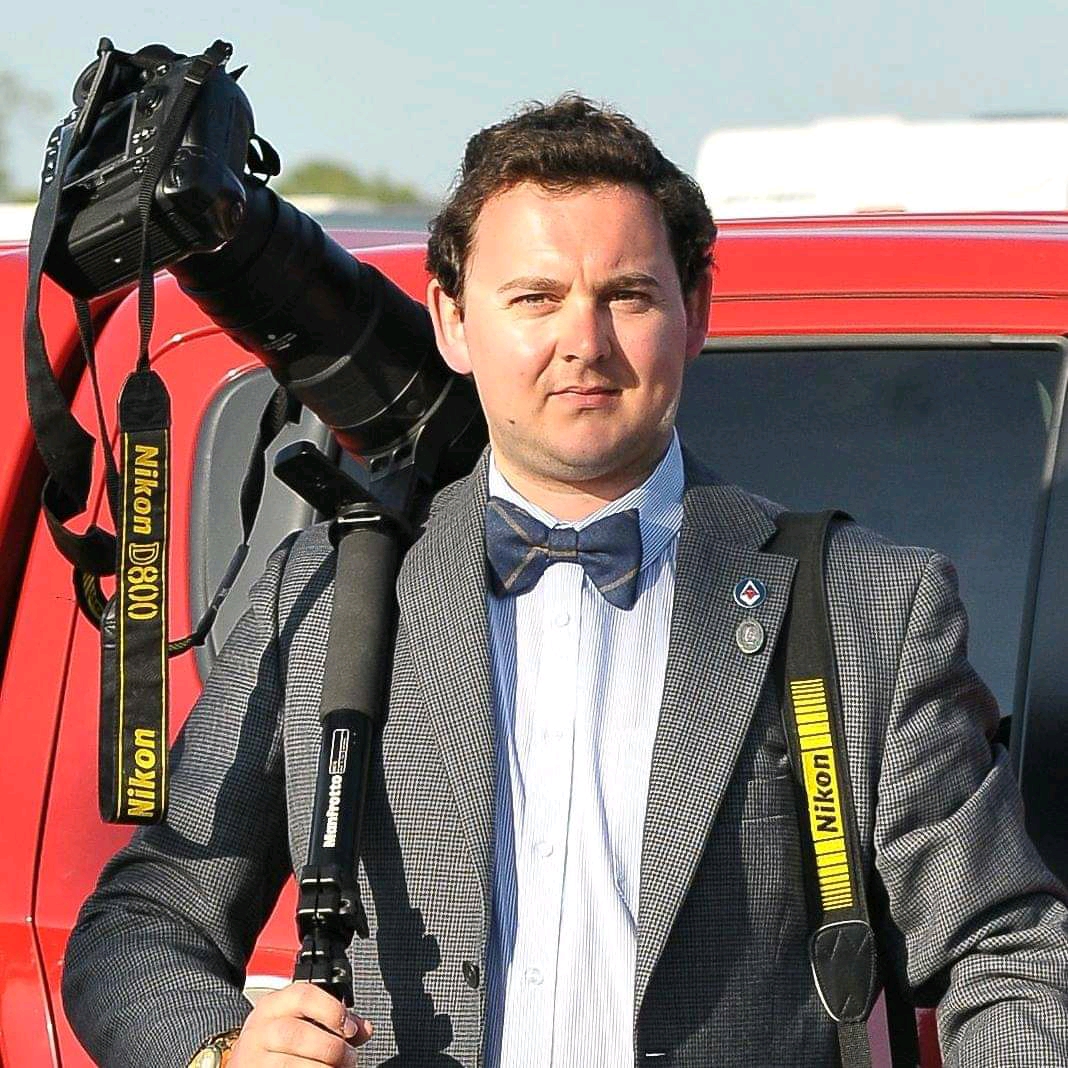
For nearly two decades Sebastian's work has been published internationally. Originally specializing in Equestrianism, his visuals have been used by the leading names in the equestrian industry such as The Fédération Equestre Internationale (FEI), The Jockey Club, Horse & Hound, and many more for various advertising campaigns, books, and pre/post-event highlights.
He is a Fellow of the Royal Society of Arts, holds a Foundation Degree in Equitation Science, and holds a Master of Arts in Publishing. He is a member of Nikon NPS and has been a Nikon user since his film days using a Nikon F5. He saw the digital transition with Nikon's D series cameras and is still, to this day, the youngest member to be elected into BEWA, the British Equestrian Writers' Association.
He is familiar with and shows great interest in 35mm, medium, and large-format photography, using products by Leica, Phase One, Hasselblad, Alpa, and Sinar. Sebastian has also used many cinema cameras from Sony, RED, ARRI, and everything in between. He now spends his spare time using his trusted Leica M-E or Leica M2, shooting Street/Documentary photography as he sees it, usually in Black and White.
